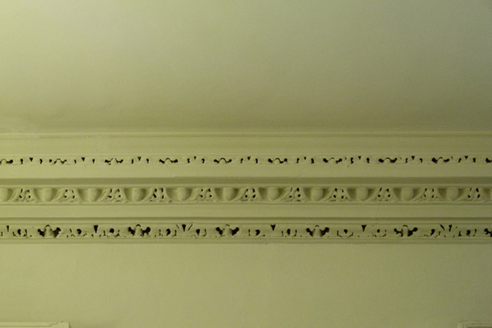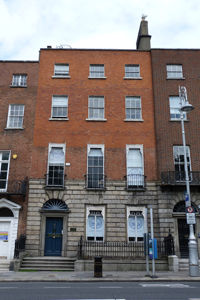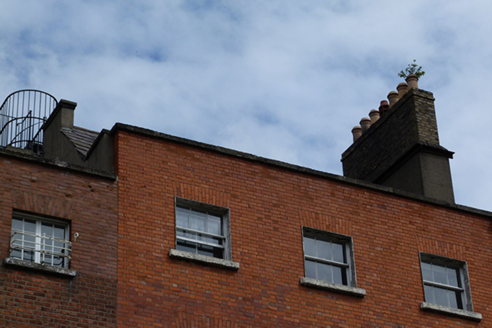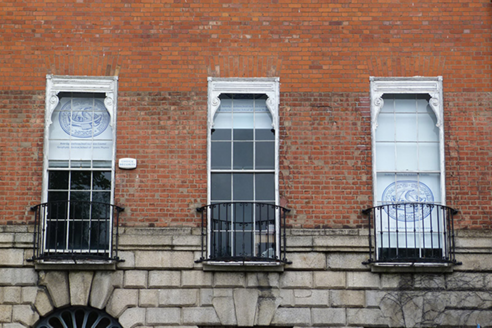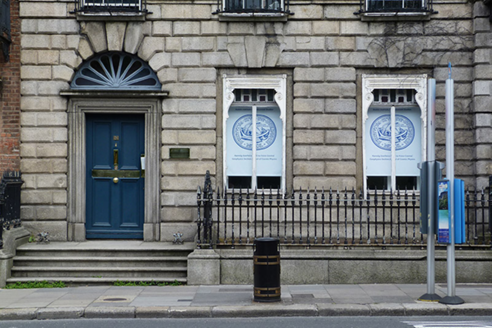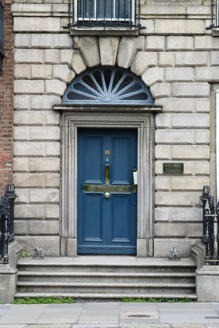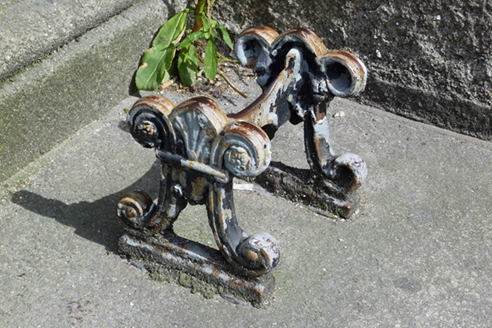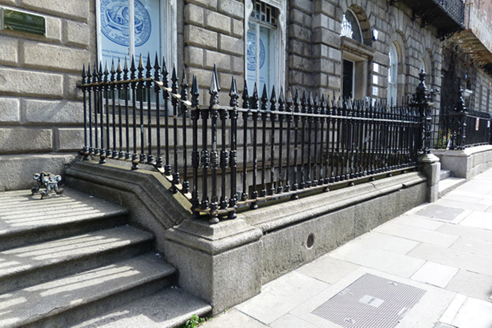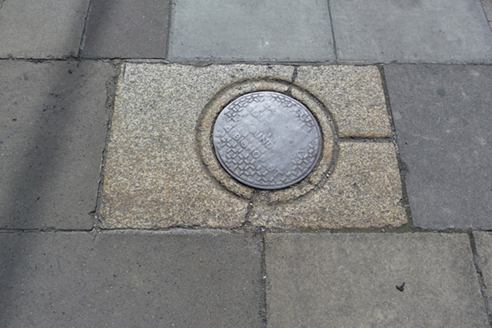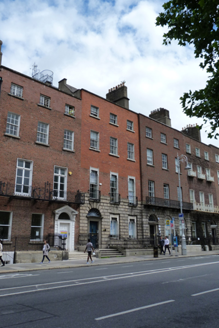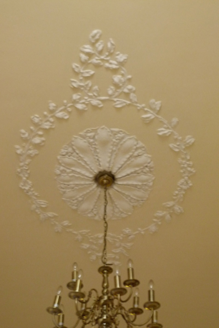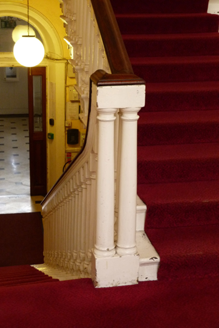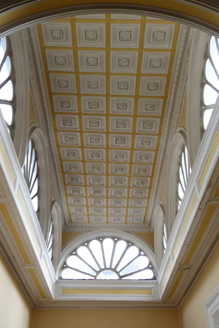Survey Data
Reg No
50100352
Rating
Regional
Categories of Special Interest
Architectural, Artistic
Original Use
House
In Use As
Office
Date
1765 - 1865
Coordinates
316614, 233711
Date Recorded
04/08/2016
Date Updated
--/--/--
Description
Attached three-bay four-storey former house over basement, built c. 1770, having four-bay return of 1860 to rear with canted-bay to north gable elevation. Now in use as offices. Pitched slate roof to front part, behind refaced brick parapet with granite coping, shouldered brick and rendered chimneystack to east with clay pots, and two pitched roofs to rear perpendicular to street, with narrower roof to east. Flemish bond red brick walls, brickwork refaced above first floor level, with granite stringcourse above rusticated granite walls to ground floor, and with lined-and-ruled rendered walls to basement; rendered to rear, except for red brick to top floor. Square-headed window openings, diminishing in height above ground floor, top three floors having rendered reveals and granite sills (painted to top two floors), openings to ground floor having recessed granite reveals, openings to ground and first floor having granite sills and timber entablatures on console brackets. Replacement timber casement windows to ground floor with stained-glass overlights. Timber sliding sash windows elsewhere, nine-over-nine pane to first floor, six-over-six pane to second floor and basement and three-over-three pane to top floor; rear has timber casement windows to top floor and ground floor and timber sash windows elsewhere, including round-headed eight-over-eight pane stairs window; mainly casement windows to return. Decorative wrought-iron balconettes to first floor front. Segmental-headed door opening with moulded granite surround, granite frieze and cornice, petal fanlight and four-panel timber door with brass door furniture. Granite platform with two cast-iron boot-scrapes and four bull-nosed granite steps. Cast-iron railings on carved granite plinth enclosing basement area. Cast-iron coal-hole covers in granite flags to footpath. Interior has entrance hall with tiled floor, foliate cornice and shallow Rococo plasterwork ceiling rose; stairs hall has timber open-string staircase with turned balusters, ramped mahogany handrail with paired newel posts; return has elaborate coffered plasterwork ceiling and lunette windows to first floor rooms; first floor front room has timber chair rail, moulded timber architraves with timber flat-panel doors, plaster cornice with egg-and-dart moulding and Rococo plasterwork ceiling rose; and first floor rear room has dentillated plaster cornice with egg-and-dart moulding. Rendered rear boundary wall with rendered piers and metal gate.
Appraisal
Built by Robert Price, a carpenter, this building retains good eighteenth and nineteenth-century joinery and plasterwork to the interior and the red brick and rusticated granite to the exterior provides tonal and textural variation to the façade. The fine carved stone doorcase and granite rustication add interest to the ground floor, in common with the buildings to the east, and contrast with the red brickwork above. The treatment to the first floor windows is unusual and decorative, emphasized by the metal window-guards. It is a well-proportioned house, built as part of the original development of the square, laid out as part of the Fitzwilliam Estate and one of the best-preserved Georgian streetscapes in Ireland. The north, east and south sides of the square are lined with terraced houses of eighteenth and nineteenth-century date, while the west side is terminated by the garden front of Leinster House. The terraced houses maintain a relatively uniform building height and design, attributed to standards promoted in Fitzwilliam's leases. Individuality was introduced through the design of doorcases, window ironwork and interior decorative schemes.
